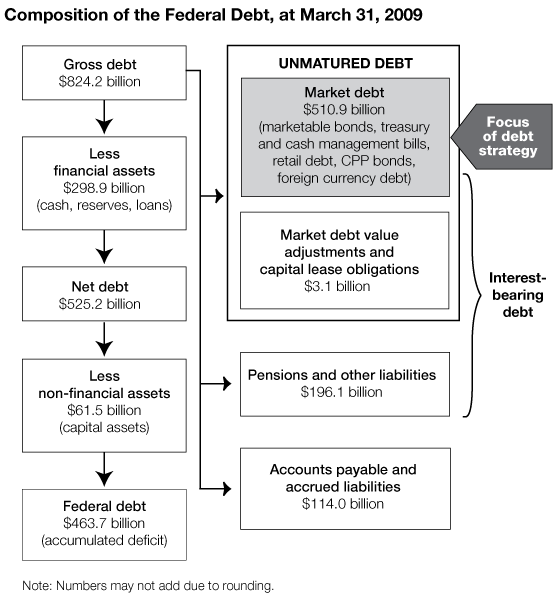Raising debt capital in domestic Maple bond market
Post on: 4 Июнь, 2015 No Comment

BP Capital Markets, the funding arm of BP plc, has joined the ranks of issuers to have raised debt capital in the domestic Maple bond market on two occasions.
It was back in February of 2012 that it tapped the market for the first time. Then it raised $500-million — up from a planned $300-million — through a five-year debt financing that was priced at par. For that deal, the finance company that issues debt securities and commercial paper on behalf of the BP Group to other members of the BP Group, and whose interest and principal repayments are guaranteed by the parent, was required to pay a coupon of 2.774%.
On Tuesday, the A-rated issuer was back for more. It ended up with $450-million (or 50% more than originally anticipated) but was required to pay 3.497% for seven year money in what was the Maple markets second financing in the past two weeks. In the third week of October, according to the data base kept by Harry Koza, a senior market analyst at IFR Markets Canada, the AAA-rated IBRD, raised $500-million of five-year debt at a coupon of 2.125%.
Aside from the different term of its two financings, theres another key difference: this time around TD Securities, BofA Merrill Lynch and CIBC World Markets were the joint lead managers; last time out Scotia Capital, HSBC and TD Securities occupied the key roles.
As befits a global company, BP Capital Markets is big with a diverse range of borrowing sources. One month back, it raised 1.2 billion renminbi at 3.95% for a five-year term. According to its latest annual report, at the end of 2012, the issuer had $41.915-billion in financial liabilities, the bulk of which was in fixed rate US$-denominated borrowings. In 2012 it issued US$10.9-billion of bonds.
Maple bond issuance tends to ebb and flow. The bonds which are issued by foreign corporations to Canadian-based investors using domestic documentation, become popular when spreads and swap rates move in favour of borrowers. Through the years, investors have had one constant complaint: bring us more non-financial names. Given that the last two issuers have both been by non-financial companies, it seems that the message has gotten through.

AUM and share price
The latest mutual fund update from Paul Holden, a financial services analyst with CIBC World Markets, shows the lack of a clear relationship between changes in a managers assets under management, its share price and the overall performance of the share market.
On Tuesday, Holden showed there was a large variation between growth in assets under management (AUM) and the overall stock market indexes for the three large fund managers: AGF, CI and Investors Group (IGM). In October, growth in AUM for the three firms lagged overall market returns (estimated at 4.50% based on a combination of the Canadian and U.S. market.) But in what Holden refers as the beta trade, CIs share price was up by 11.4% in October; AGF by 5.4% while IGM gained 4.5%.
Over the last year, CI was the only manager to grow AUM more than the market appreciation, with AUM up 19% vs market gains of 8%. At IGM, the comparable numbers are 8% and 8%; at AGF they are NEGATIVE 11% and 8%. As for share price performance over the same period, CI is up by 48.6%; IGM up by 27% while AGF is ahead by 35%.














